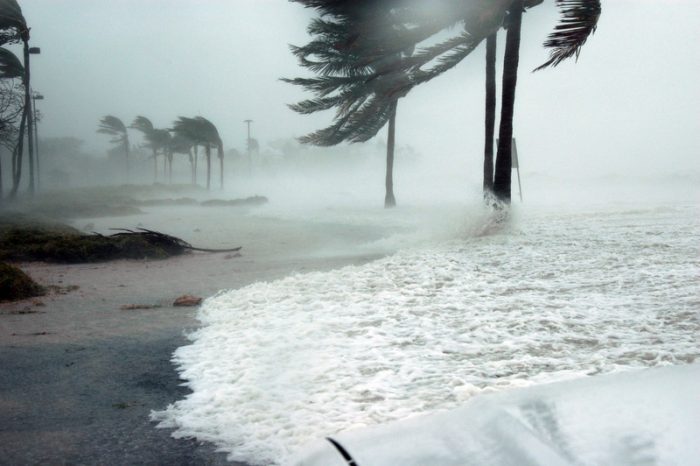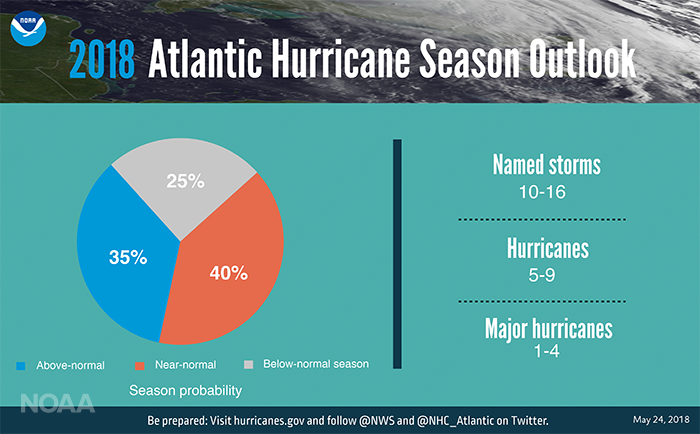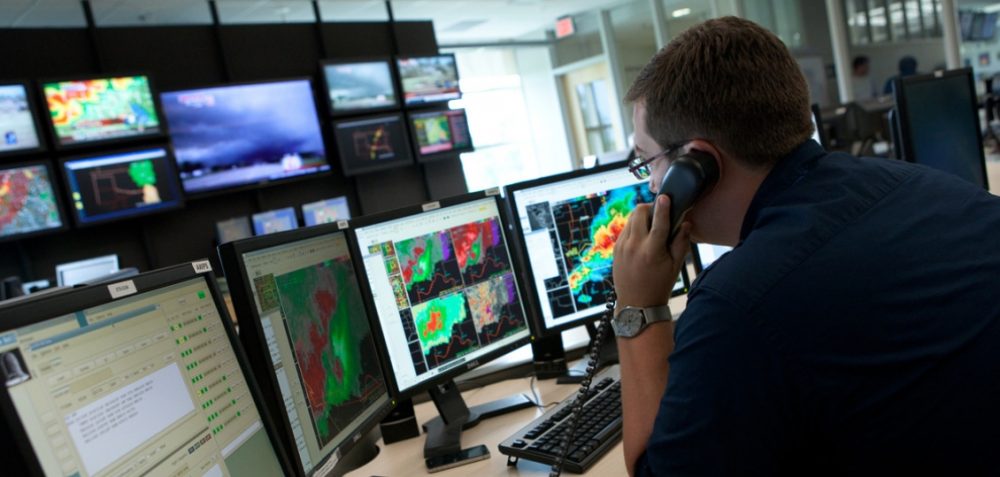3 Ways to Use Disaster Data to Plan for Hurricane Season
The National Oceanic and Atmospheric Administration (NOAA)’s Climate Prediction Center is forecasting a 75 percent chance that the 2018 Atlantic hurricane season will be above- or near-normal. Here is a snapshot of their predictions for the season that runs through the end of November: 35 percent chance of an above-normal season (the 2017 season predicted 45 […]


The National Oceanic and Atmospheric Administration (NOAA)’s Climate Prediction Center is forecasting a 75 percent chance that the 2018 Atlantic hurricane season will be above- or near-normal.
Here is a snapshot of their predictions for the season that runs through the end of November:
- 35 percent chance of an above-normal season (the 2017 season predicted 45 percent chance of an above-normal season)
- 70 percent likelihood of 10 to 16 named storms
- 5 to 9 of which could become hurricanes
- 1 to 4 of which could be major hurricanes (Category 3, 4, or 5)
With the hurricane season just beginning, these predictions become incredibly important for planning and preparation purposes.
The Measuring the State of Disaster Philanthropy (SODP) report, mapping platform and online dashboard are data-grounded resources for philanthropists to learn about other funders that have supported preparedness activities. With just a few clicks on the mapping platform, we learn that several foundations have awarded grants with a preparedness focus. The Seattle Foundation supported NetHope and SBP; The Annenberg Foundation supported World Central Kitchen; and the Gordon and Betty Moore Foundation funded California Institute of Technology and the University of California.
This hurricane season, we suggest philanthropists use SODP in three ways:
- Peer Learning – The report, dashboard and mapping platform all enable funders to check in on what their colleague organizations are doing in the disaster giving space.
- Opportunities to Re-Imagine – Exploring what disasters, locations, types, and disaster assistance strategies other funders employ can spark new creative thinking around how your organization can address the 2018 Atlantic hurricane season.
- Past as a Guide to Inform the Present – The Mapping Platform has foundation disaster giving data dating back to 2011. Within that time span, you can learn about the financial response to Superstorm Sandy, Hurricane Irene, Hurricane Matthew, Typhoon Haiyan, the Nepal Earthquake and many, many other devastating events. By exploring what happened during past disasters, you can better predict and plan for future financial response needs.
The CDP team is carefully watching the 2018 Atlantic hurricane season predictions, as well as keeping track of real-time situations that arise. If you would like to learn more about hurricanes, the Measuring the State of Disaster Philanthropy report, or other disaster issues of interest to you, please do not hesitate to reach out.
More like this

What the Government Shutdown Really Means to Disasters

